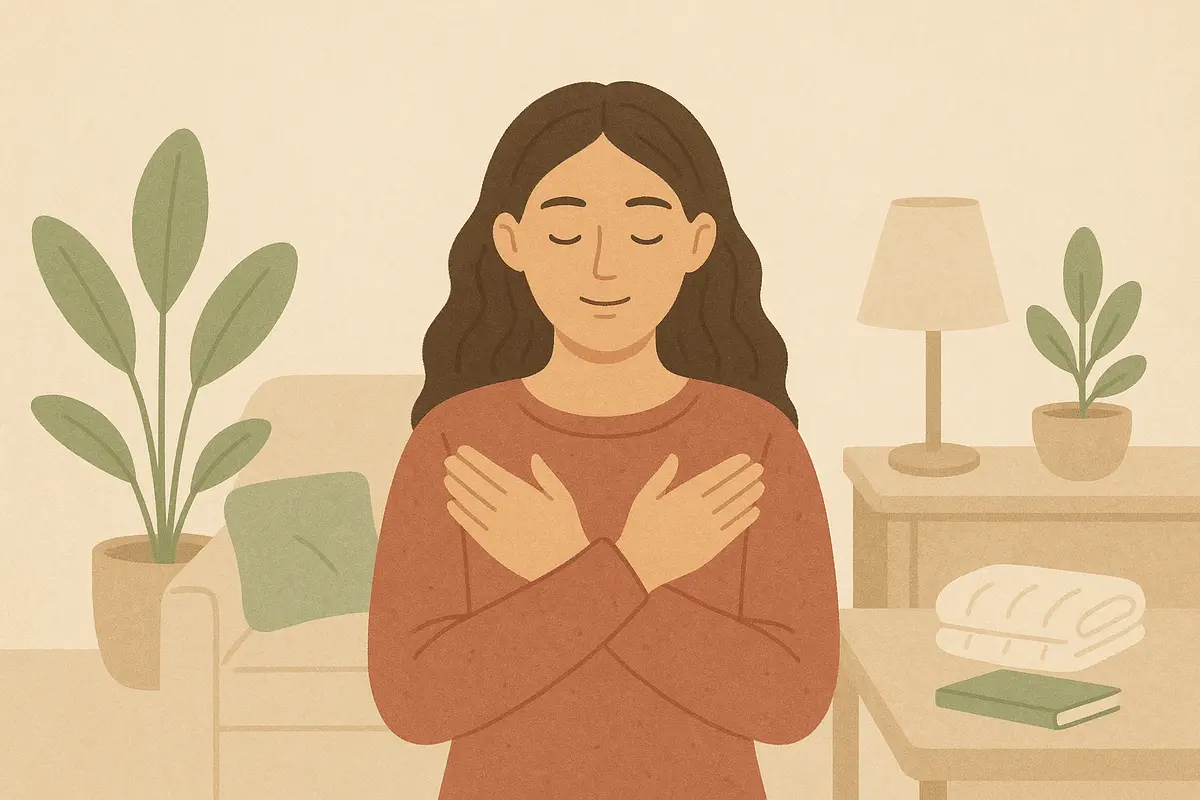
Feeling overwhelmed by trauma, anxiety, or emotional distress that seems impossible to calm? The butterfly hug offers a gentle yet powerful self-soothing technique that harnesses your brain's natural ability to process and regulate emotions through rhythmic bilateral stimulation in just 2-3 minutes. This method involves crossing your arms over your chest and gently alternating taps on your shoulders or upper arms.
Originally developed by EMDR therapists for trauma survivors, this evidence-based technique creates a calming pattern that activates both brain hemispheres simultaneously. The butterfly hug provides immediate emotional grounding and nervous system regulation through the therapeutic power of bilateral touch, making it an accessible tool for anyone seeking rapid emotional relief.
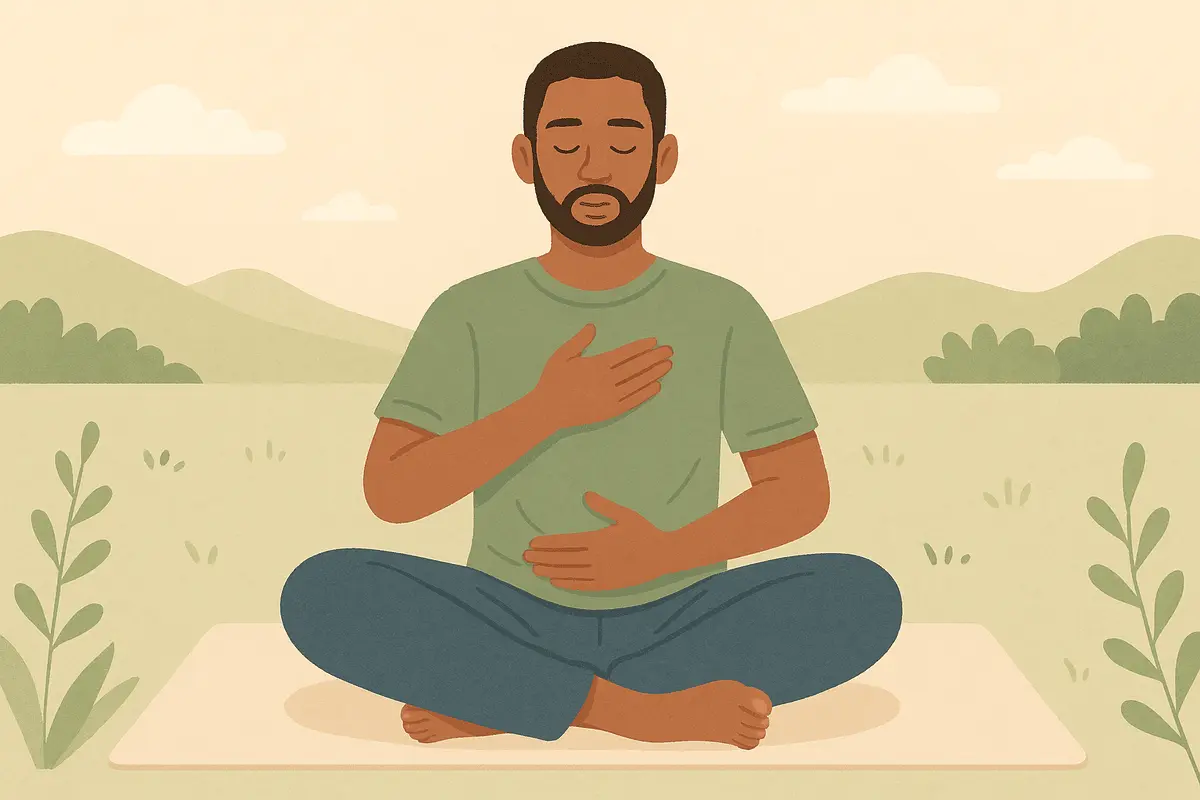
Feeling overwhelmed by stress, anxiety, or the need for immediate focus and clarity? Box breathing offers a powerful technique trusted by Navy SEALs in life-or-death situations, harnessing controlled breathing science to instantly calm your nervous system and sharpen mental clarity in just 2-4 minutes. This method involves equal-length inhalations, breath holds, exhalations, and pauses, creating a rhythmic "box" pattern.
This evidence-based approach rapidly shifts your body from stress to relaxation, providing immediate emotional grounding and physiological calm. Also called 4-4-4-4 breathing or square breathing, this technique proves incredibly effective during acute stress, before important events, or whenever you need to reset your nervous system for optimal performance and emotional regulation.
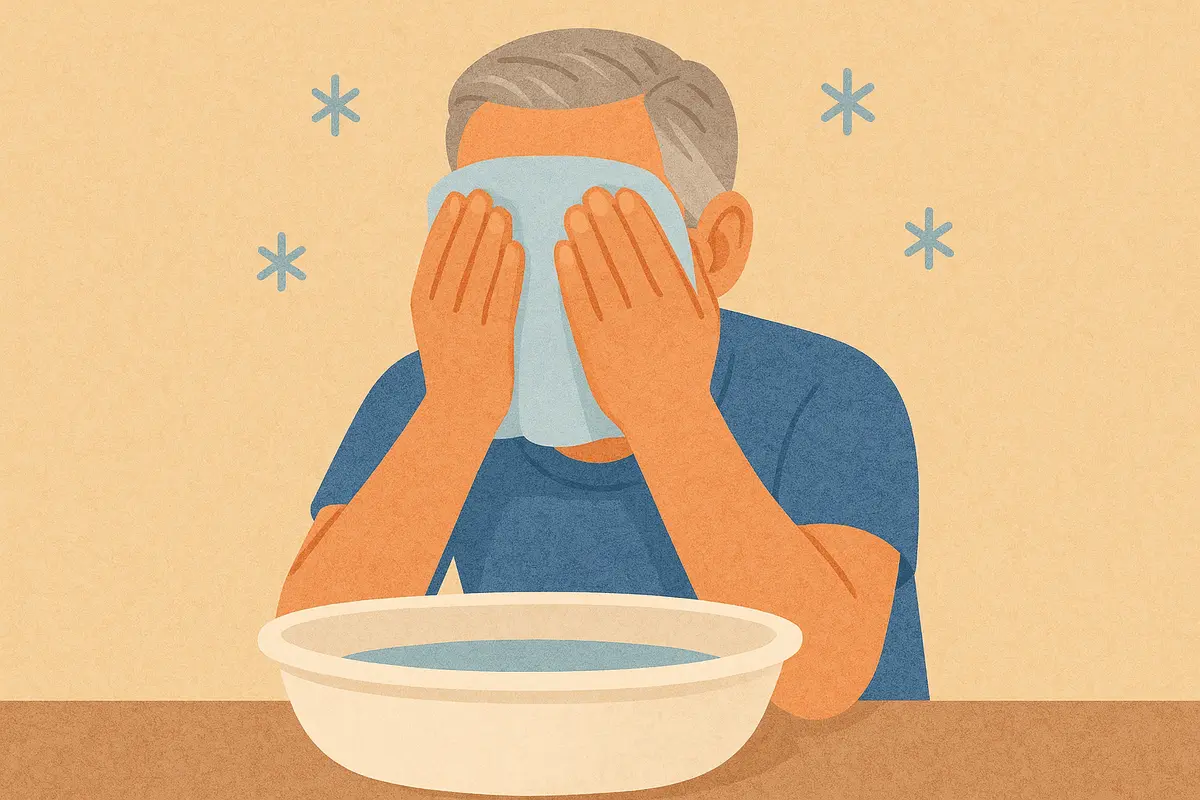
Feeling trapped by intense anxiety, panic, or emotional overwhelm that seems impossible to interrupt? Cold exposure offers a powerful technique that harnesses an ancient evolutionary response to provide instant nervous system relief in just 1-2 minutes. This practice involves briefly exposing your face or body to cold water, ice, or cold surfaces to immediately activate your body's parasympathetic nervous system.
This evidence-based method leverages the mammalian diving reflex—a built-in survival mechanism that rapidly calms your nervous system and grounds your attention in the present moment. By interrupting cycles of panic, anxiety, or emotional dysregulation, cold exposure provides one of the fastest and most reliable methods for emotional regulation available to anyone.
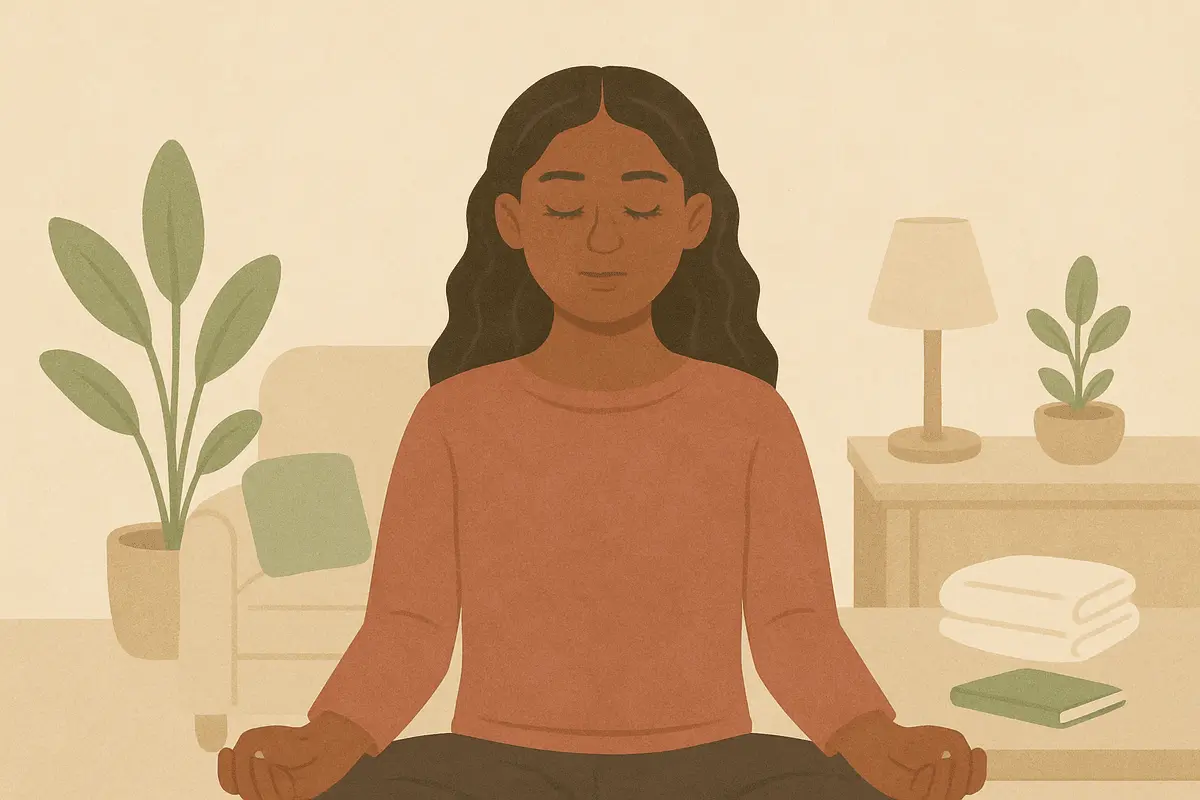
Feeling overwhelmed by anxiety, stress, or emotional turbulence that seems to consume your thoughts and disconnect you from your body? Body scan meditation offers a powerful pathway to immediate emotional regulation and long-term resilience. This foundational mindfulness practice involves systematically directing attention through different areas of your body, intentionally noticing physical sensations.
This evidence-based grounding technique enhances body awareness, interrupts anxiety loops, and promotes profound emotional regulation by fostering present-moment awareness. Developed as a cornerstone of Jon Kabat-Zinn's groundbreaking Mindfulness-Based Stress Reduction program, body scan meditation provides an accessible yet transformative tool for reconnecting with your body's wisdom and establishing lasting emotional balance.
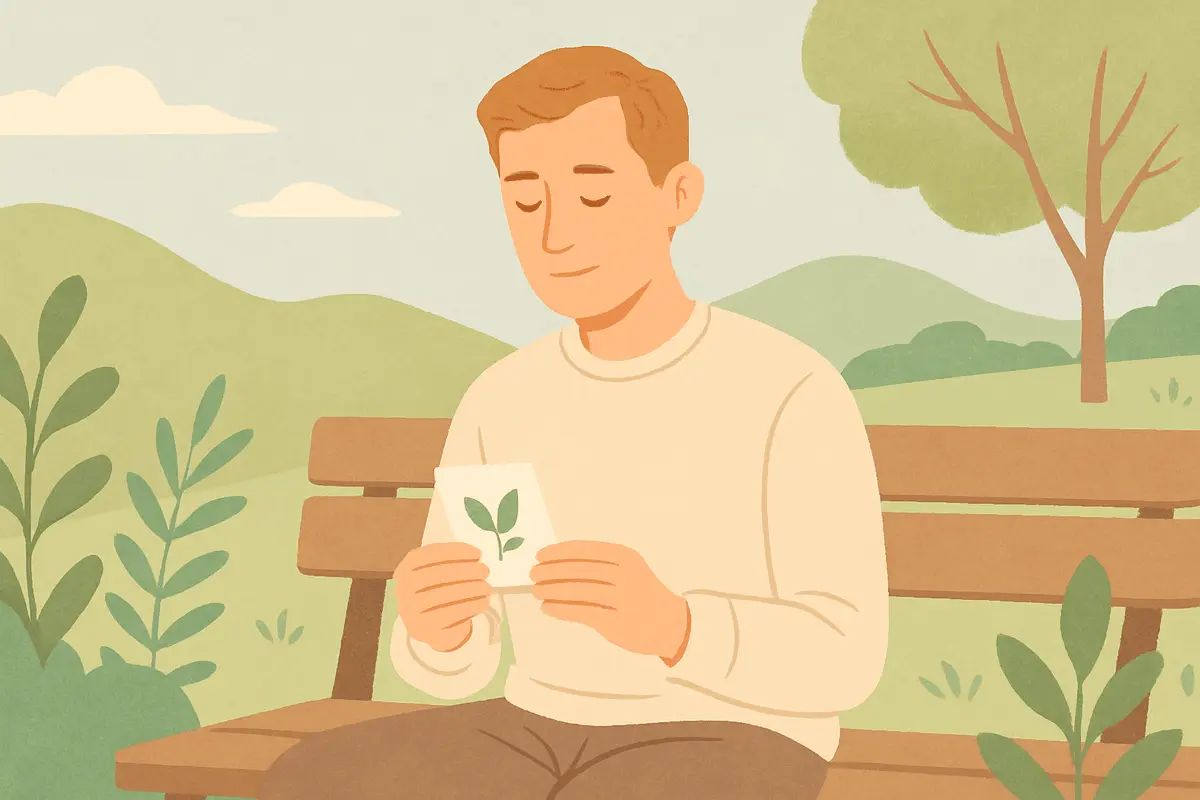
Feeling trapped in flashbacks, overwhelmed by anxiety spirals, or disconnected from reality during intense emotional states? Visual grounding cards offer a powerful, portable technique that harnesses focused visual attention to rapidly interrupt trauma responses and emotional overwhelm. These printable tools are designed to quickly anchor your attention and stabilize emotions during high-stress episodes.
This evidence-based approach leverages your brain's natural tendency to process visual information, creating an instant anchor to the present moment. By intentionally focusing on detailed visual imagery, these cards facilitate immediate sensory grounding, reducing physiological stress responses and helping you rapidly return to a calm, regulated emotional state through activated nervous system responses.
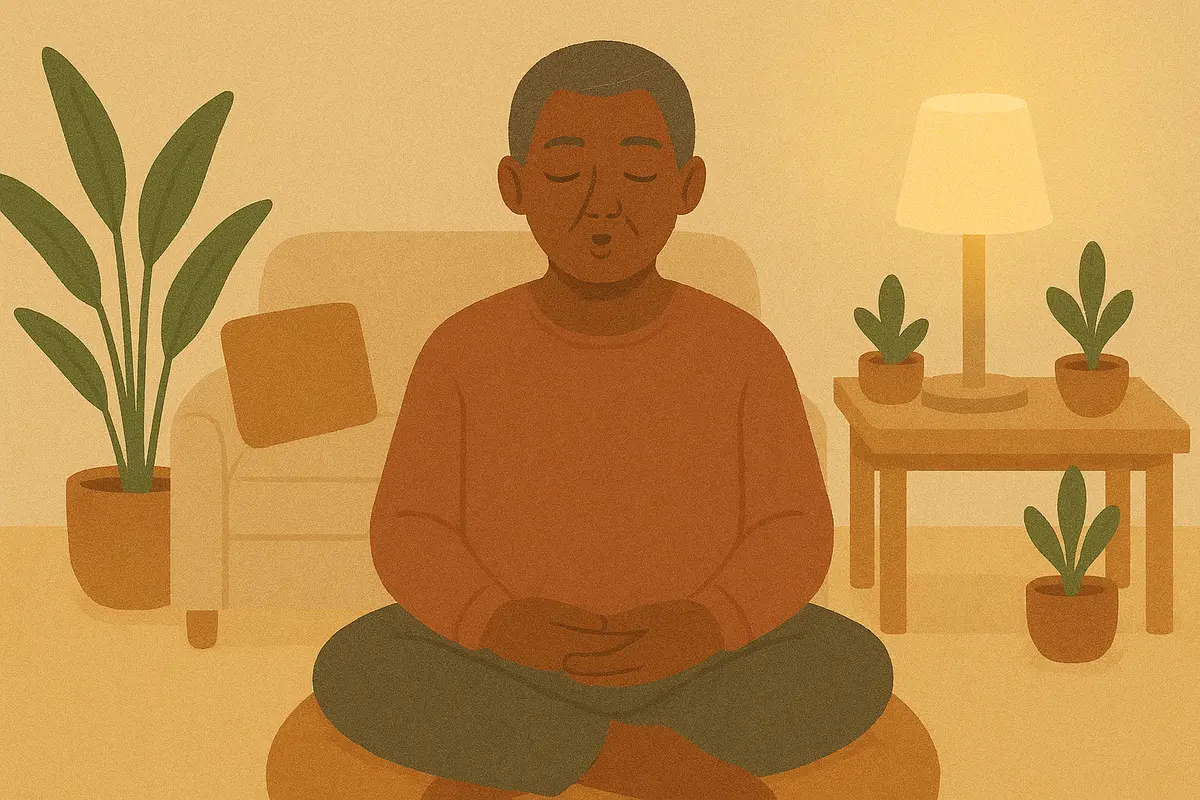
Feeling trapped by racing thoughts, overwhelmed by anxiety, or unable to quiet your mind for restful sleep? The 4-7-8 breathing technique offers an immediate pathway to nervous system regulation and profound relaxation. This science-backed method is a structured breathing exercise designed to rapidly calm your nervous system through controlled rhythm and depth of breathing.
Developed by Dr. Andrew Weil, this technique activates your body's natural relaxation response, effectively reducing anxiety and promoting restful sleep. Often called the "natural tranquilizer for the nervous system," this accessible practice requires no equipment and can be performed anywhere, making it an essential tool for both immediate stress relief and long-term emotional regulation.
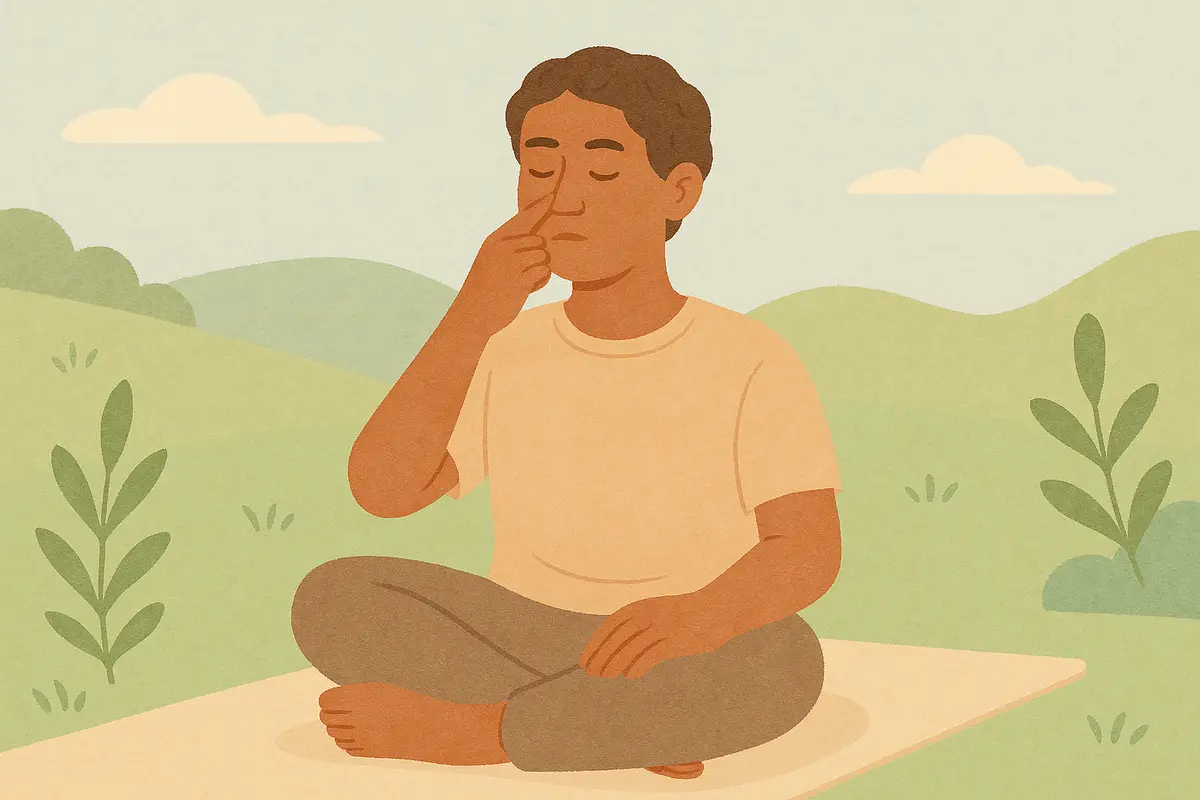
Feeling overwhelmed by stress or struggling with emotional imbalance? Alternate nostril breathing, an ancient yogic practice known as Nadi Shodhana, offers a powerful yet gentle solution for nervous system regulation. This controlled breathing technique involves alternating breath through each nostril, providing profound benefits for both mental and physical wellbeing through its unique approach to breath control.
Rooted in thousands of years of yogic tradition, this "channel purification" technique balances nervous system activity and reduces stress by harmonizing your body's physiological responses. The practice calms overstimulation while enhancing emotional stability, making it one of the most effective and accessible methods for immediate stress relief and long-term emotional regulation.
Are you struggling to remember which coping strategies actually work or feeling overwhelmed by scattered emotional regulation efforts? A weekly skills tracker offers an evidence-based solution that transforms random mental health attempts into systematic, accountable practice. This structured approach helps you record and monitor your emotional regulation techniques throughout each week, building genuine resilience through consistent self-awareness.
Research shows that self-monitoring interventions effectively target behavioral change, especially in mental health contexts where consistency matters most. By tracking both your technique usage and their effectiveness, you'll gain clearer insights into what truly helps manage your stress and anxiety. This accountability-focused method reinforces positive habits while supporting long-term wellbeing through data-driven emotional self-awareness.
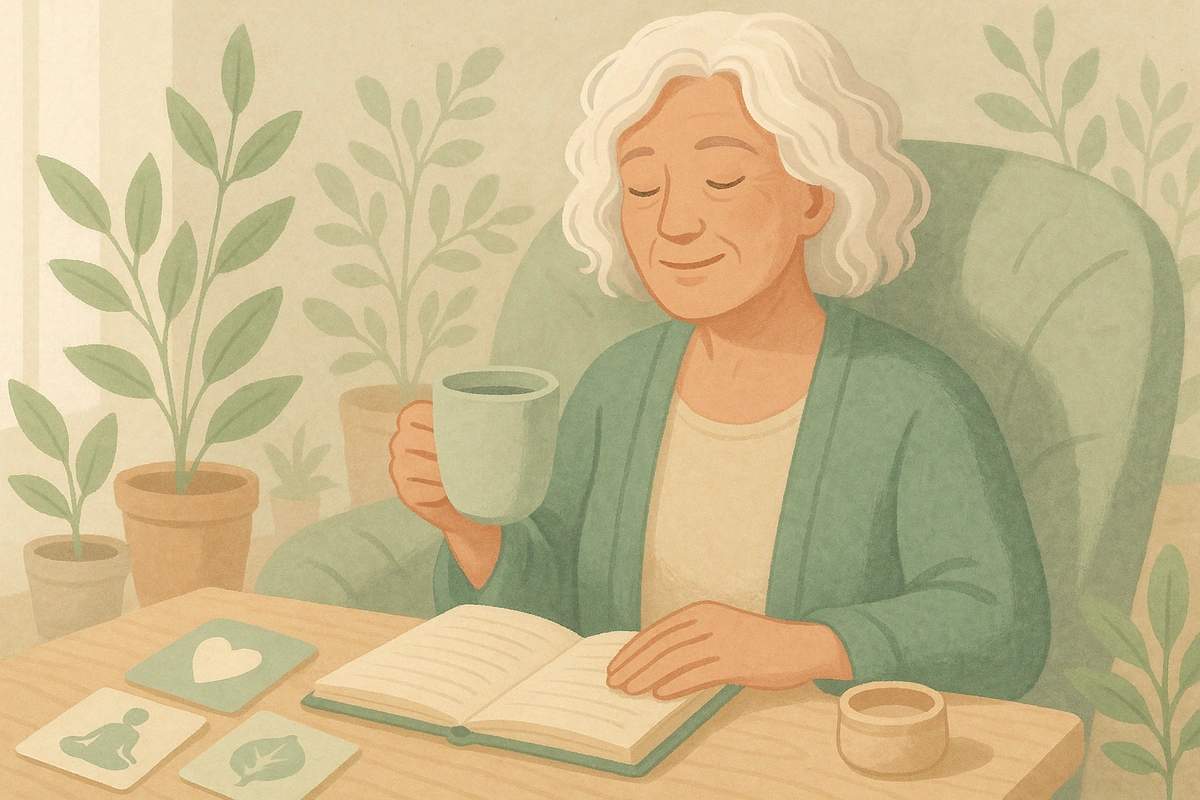
Feeling paralyzed when anxiety strikes, scrambling to remember what actually helps, or cycling through ineffective strategies while your stress escalates? When emotional distress clouds your thinking, it becomes nearly impossible to recall which coping techniques have worked before or select appropriate strategies for your current situation. This scattered approach to anxiety management wastes precious time when you need relief most.
This evidence-based approach transforms scattered coping attempts into an organized, immediately accessible toolkit through systematic categorization of proven anxiety-management strategies. A personal coping skills menu eliminates guesswork during emotional distress, provides immediate access to effective techniques, and builds confidence in your emotional regulation abilities. Research demonstrates that organized coping repertoires significantly improve emotional regulation and reduce anxiety symptoms.

Feeling trapped in cycles of emotional reactivity where the same situations consistently derail your mood, yet you can't pinpoint exactly why or how to break these patterns? Exhausted by repeating the same emotional struggles without insight into their origins, triggers, or the subtle factors that make some days manageable while others feel overwhelming? The challenge is that these connections often operate below conscious awareness.
This evidence-based approach transforms scattered emotional experiences into clear, actionable patterns through systematic documentation of your emotional life alongside its contextual triggers, thoughts, and behaviors. A mood and trigger journal reveals the intricate connections driving your emotional experiences, builds emotional intelligence, and creates a foundation for lasting change. Research demonstrates that systematic emotional tracking significantly improves regulation and reduces anxiety and depression symptoms.